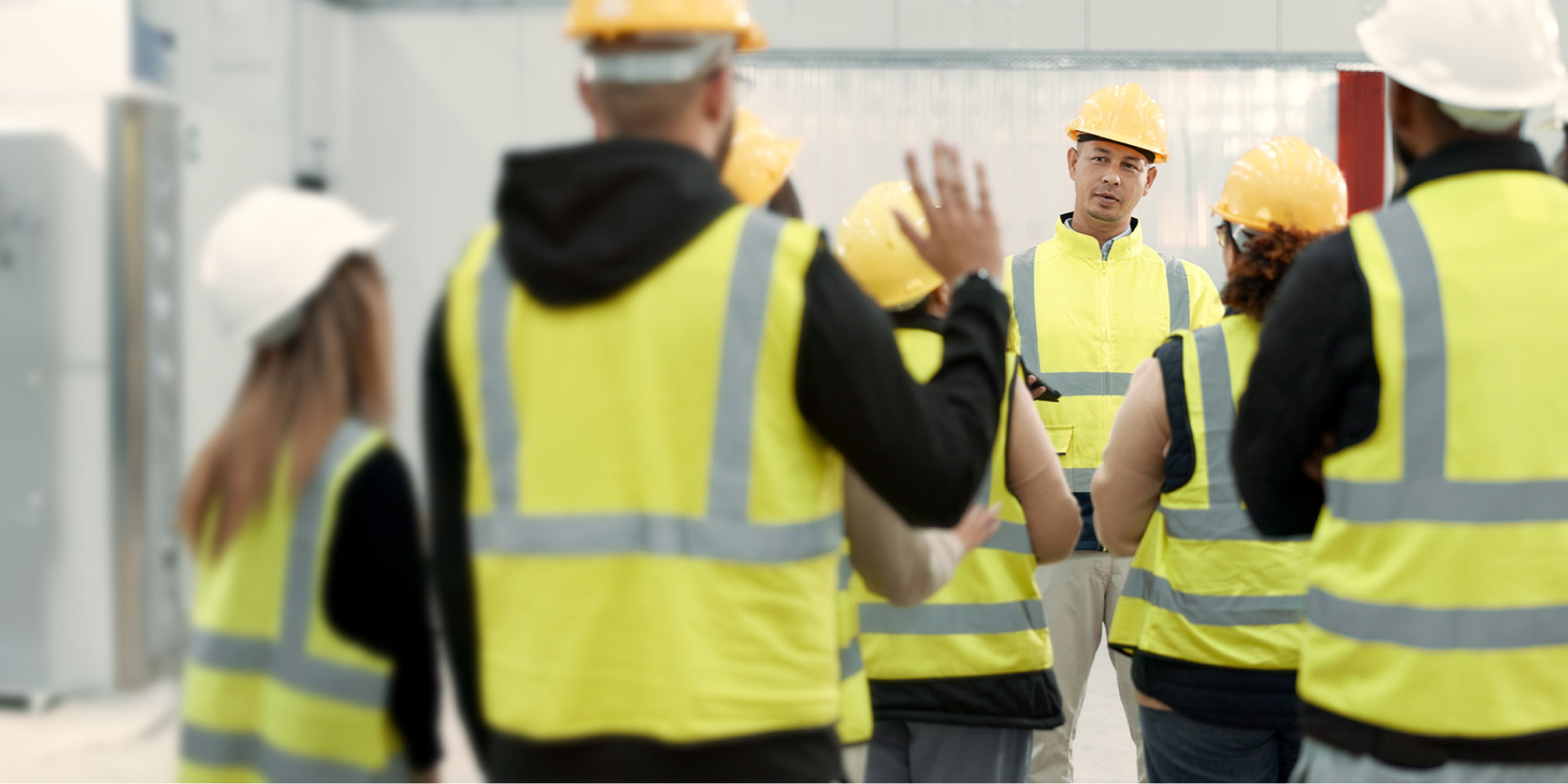Digital construction forms are not new to the construction and asset management industries. Safety checklists, site inductions, commissioning records, compliance audits — they have been digital for years.
The real challenge today isn’t about going digital. It’s about what happens next: connecting those forms into the wider systems that run your project or organisation. Too often, digital forms still sit in isolation — a stand-alone app here, a spreadsheet there, a PDF stored on someone’s desktop. Valuable data gets trapped, duplicated, or forgotten.
That’s the gap the new OmTrak Forms Module has been built to close.
Why integration matters
Forms are more than a record of work done; they are the evidence base that supports safety, quality, compliance, and handover. When digital construction forms connect directly to your documents, manuals, and asset registers, the information they carry becomes far more powerful.
This means no more duplication of effort, no more uncertainty about where information lives, and no more silos between project delivery and ongoing operations.
The strength of OmTrak Forms lies in its familiarity. It supports the forms that project managers, supervisors, and facility teams already use every day:
- Safe Work Method Statements (SWMS) and Job Safety Analysis (JSA/JHA) for managing risk.
- Site Induction Forms for workers and visitors.
- Permit to Work forms, from Hot Works and Confined Space to Working at Heights.
- Daily Site Diaries and Supervisor Reports to track site activity.
- Commissioning Checklists and ITPs for systems and equipment.
- QA/QC Inspection Checklists and Compliance Audit Forms to safeguard quality.
- Completion & Handover Checklists to ensure nothing is missed at project close-out.
For facility maintenance, the same principle applies. Fire safety inspections, contractor access permits, asset fault reports, and compliance audits all sit in the same connected platform. Across the asset lifecycle, forms like condition assessments and lifecycle costing link directly to asset data, creating a digital history from construction through to operations via the Forms Module.
Outcomes that matter
This is not about adding another tool. It is about making the tools you already rely on work together. Integration through OmTrak Forms delivers:
- Efficiency – capture once, save in other connected OmTrak modules.
- Accuracy – validated, auditable data tied to documents and assets.
- Compliance – ISO-aligned forms and reporting across projects.
- Simplicity – one login, one platform, no silos.
- Sustainability – less paper, less waste, and a smaller footprint.
Industry research highlights the importance of this integration. McKinsey has noted that productivity in construction lags behind other sectors largely because of fragmented processes [1]. PwC reports that digital technologies can unlock major gains when systems are connected and data flows freely [2]. And the World Green Building Council points to reduced resource use and improved efficiency as critical sustainability outcomes [3].
The bigger picture
Every project is different, but the challenges of managing forms are the same. By embedding forms directly into the OmTrak platform, organisations can close one of the last remaining gaps in project delivery and asset management.
The result is better information, stronger compliance, and a smoother path from construction through to operation.
Learn More
Every organisation has its own critical forms. The new OmTrak Forms Module is designed to adapt to yours.
Contact us to explore how integrated digital construction forms could work for your projects.
References
- McKinsey & Company – The next normal in construction: How disruption is reshaping the world’s largest ecosystem
- PwC – Industry 4.0: Building the digital enterprise – Engineering & Construction (Key findings)
- World Green Building Council – Health, Wellbeing & Productivity in Offices: The Next Chapter for Green Building
